Campaign Types (Automations)
Campaign Automations (also called “campaign types” or “automations”) in Spendgo are prebuilt rule-based workflows that determine how and when actions are triggered for loyalty members.
Each automation monitors specific customer behaviors or events—like purchases, visits, birthdays, or time-based triggers—and executes targeted actions such as (not all Campaign types support all actions):
Awarding points
Redeeming points for rewards
Sending offers
Triggering emails or SMS messages
Displaying prompts in-store on a POS
These automations allow brands to create personalized, timely, and scalable loyalty experiences that drive repeat visits, higher spend, and deeper engagement.
Understanding Campaign Scheduling
Campaign timing (start, end, and run time) controls when offers and messages are distributed—nothing is sent before the start or after the end, and recurring campaigns follow the run time schedule.
Offer expiration controls how long the offer remains valid once distributed. It is independent of the campaign timing and can extend beyond the campaign end date.
Campaign Start Date/Time
This is when your campaign begins distributing offers or messages. No distribution occurs before this point.
Campaign End Date/Time
This is when your campaign stops initiating new distributions. If a message or offer is already in the process of being sent, it will complete, but no new distributions will start after this time.
Run Time
Recurring Campaigns are set to a daily, weekly, monthly, or annual schedule with a time of day. Offers/messages distribute only at this scheduled time and within the start/end window.
For One-Time (Date & Time) Campaigns the run time defaults to the start time, since there’s no repeating interval to manage.
Campaigns typically process within 90 minutes of their scheduled run time. To ensure offers are available in member accounts before store opening, schedule campaigns at least 3 hours in advance of when you want to be sure offers are in Member’s accounts. For large audience segments (200K+ members) or during peak times (e.g., holidays), allow additional time to avoid delays.
Example:
Start Time = June 28, 5 AM
Run Time = 4 AM daily
Result: No distribution on June 28 at 4 AM (before campaign starts).
If Run Time = 6 AM, distribution will occur on June 28 at 6 AM.
Offer Expiration
This is not tied to campaign timing. It defines how long an offer is valid after being earned.
Relative Expirations: Valid for a set time after the offer is earned by a member (e.g., 7 days, or 24 hours after earned).
Absolute Expiration: Fixed date/time, which may or may not match the campaign end.
Use Case Example:
"Visit today and get a bounce-back offer that lasts 7 days" — even if the campaign ends tomorrow, the offer remains valid for 7 days from issuance.
Full List of Campaign Types
Date & Time Campaign
What it does: Triggers based on specific calendar dates and/or times (e.g., holidays, flash sales).
Why use it: Perfect for bulk issued promotions, such as Black Friday deals or seasonal offers.
Recurring Campaign
What it does: Runs on a regular schedule (e.g., daily, weekly, monthly).
Why use it: Ideal for weekly specials or ongoing loyalty perks like “Monday Double Points” or for reengaging lapsing Members.
Next Visit Campaign
What it does: Applies an offer that gets triggered on the customer’s next visit.
Why use it: Great for general offers that don't require segmentation.
Purchase Items Campaign
What it does: Triggers when specific item(s) are purchased (by PLU or Item Name).
Why use it: Drives sales of targeted products or categories when targeting Members is not required (e.g., buy a new sandwich, get a free drink on your next purchase).
Purchase Total Campaign
What it does: Triggers when a member make a transaction.
Why use it: To accelerate Base Point Earning for a limited time or ongoing basis.
Registration Campaign
What it does: Triggers when a member registers online for the loyalty program.
Why use it: A great way to welcome new members with points or offers.
Visit Threshold Campaign
What it does: Activates after a customer reaches a certain number of visits.
Why use it: Rewards lifetime loyalty milestones (e.g., after 10 visits, earn a free item).
Birthday Campaign
What it does: Sends an offer around the customer’s birthday.
Why use it: Creates personalized engagement and makes members feel valued — high open & redemption rates.
Point Threshold Campaign
What it does: Triggers when a customer reaches a set point balance.
Why use it: Encourages redemption activity or unlocks new tiers/rewards (e.g., reach 500 points, get VIP status).
Direct Trigger Campaign
What it does: Fires in real-time from an external system or API call.
Why use it: Used for creating support offers, testing offer rules, and building custom workflows, e.g., rewarding for app check-ins, surveys, or partner integrations.
